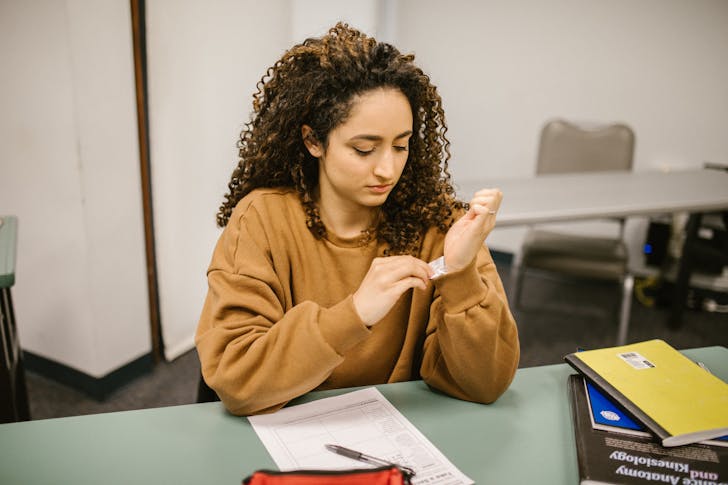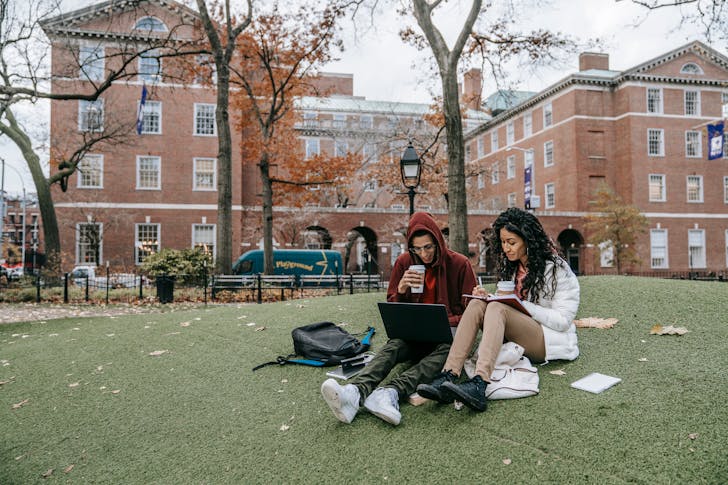American Students Turn to Crowdfunding to Escape College Debt
Crowdfunding is no longer just for medical bills or passion projects. Now, American students are using it to stay in school and avoid drowning in debt.
As tuition keeps climbing and financial aid falls short, many students are turning to platforms like GoFundMe to bridge the gap. Some are raising a few hundred dollars to pay off late fees, while others are asking for thousands just to keep their dorm room or register for classes. For some, it works. For others, not so much.
Mackenzie Brown, a nursing student in Tennessee, is one of the lucky ones. After losing her financial aid due to a personal crisis, she launched a GoFundMe and raised nearly $2,000. That money helped her stay in school and keep her dream alive.
Why Crowdfunding Is Booming
GoFundMe says education-related campaigns are growing fast. In the last year alone, they saw a 15% jump. Over 40,000 students created fundraisers in 2024 just to pay for school.
Families can’t keep up with tuition hikes. Wages are stuck, inflation is real, and loan payments are back on in 2025 after a long pause. Crowdfunding is becoming a pressure valve for a system that is buckling.

RDNE / Pexels / Students don’t just need help with tuition. They are asking for support with books, housing, meal plans, and transportation.
Crowdfunding has become a catch-all for educational survival.
However, if you have a big social media following or a wealthy network, you are more likely to hit your goal. If not, you might get stuck with a $50 campaign that goes nowhere.
That is the harsh truth. Students from low-income backgrounds often struggle the most. Their friends and family don’t have money to spare, and their stories may not be shared as widely. The result? The students who need help the most raise the least.
Experts say visibility makes or breaks a campaign. A viral tweet or emotional video can turn donations into thousands. But getting that attention takes skill, time, and luck. Not everyone has those cards to play.
Debt Is Growing, and So Is Desperation
The numbers are ugly. Student loan debt in the U.S. is over $1.7 trillion. That is more than credit card debt and auto loans. For many students, the future feels like a paycheck that will never come.
Now that federal loan payments are back, the pressure is worse. Students and graduates are watching their bank accounts shrink, fast. Crowdfunding feels like a lifeline, even if it is just a few hundred bucks to keep the lights on.

Keira / Pexels / Schools like MIT and the University of Texas System are expanding free-tuition programs for middle- and low-income families.
These programs are helping more students get in and stay in without falling into debt.
That is good news. But it is not enough. For every one student who gets full tuition, there are hundreds still struggling. Crowdfunding is picking up the slack, but it can’t fix what is broken.
GoFundMe dominates the space, handling nearly half of all crowdfunding campaigns. In 2023, education-related campaigns on the platform pulled in $70 million, a 288% jump from 2019.
Is Crowdfunding a Long-Term Solution?
Not really. Crowdfunding helps individuals, not systems. It doesn’t solve rising tuition and doesn’t address income inequality.
Still, for students stuck between a rock and a hard place, financially speaking, it is a tool worth using. It is quick, accessible, and sometimes, it works. But relying on donations to get a degree shouldn’t be normal. And yet, here we are.
The rise in education crowdfunding is both inspiring and infuriating. It shows how resilient students are. But it also highlights how far the system has failed them.